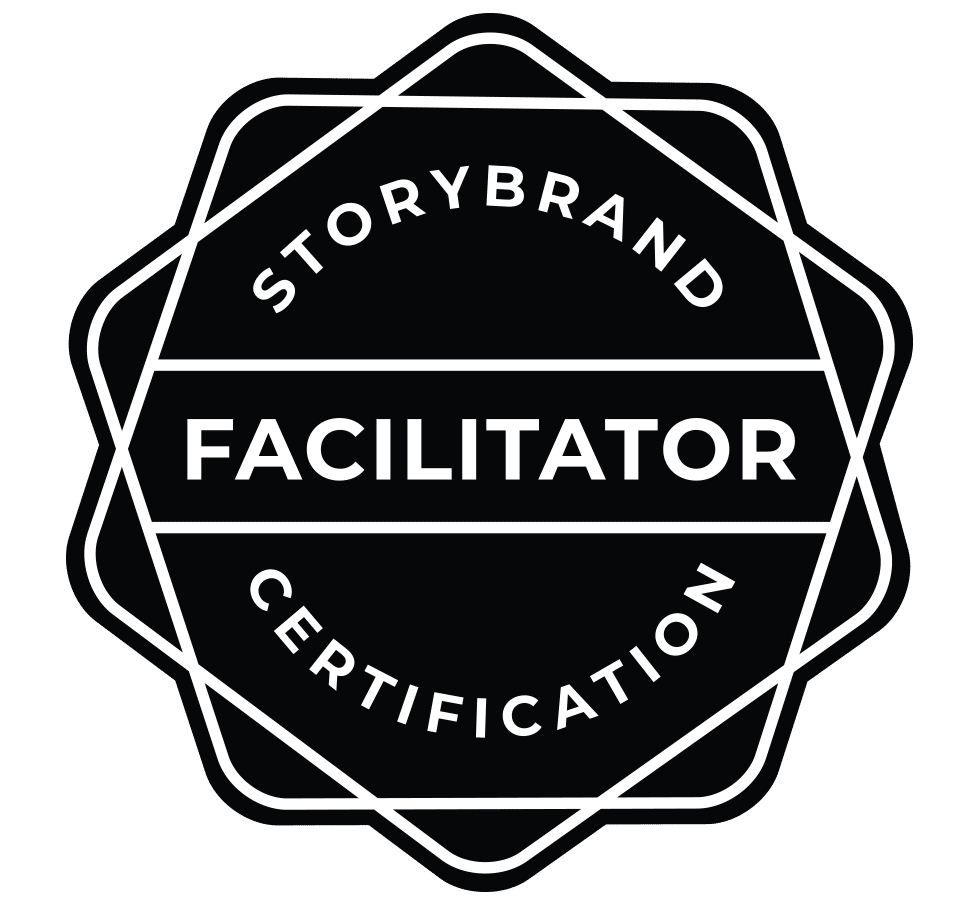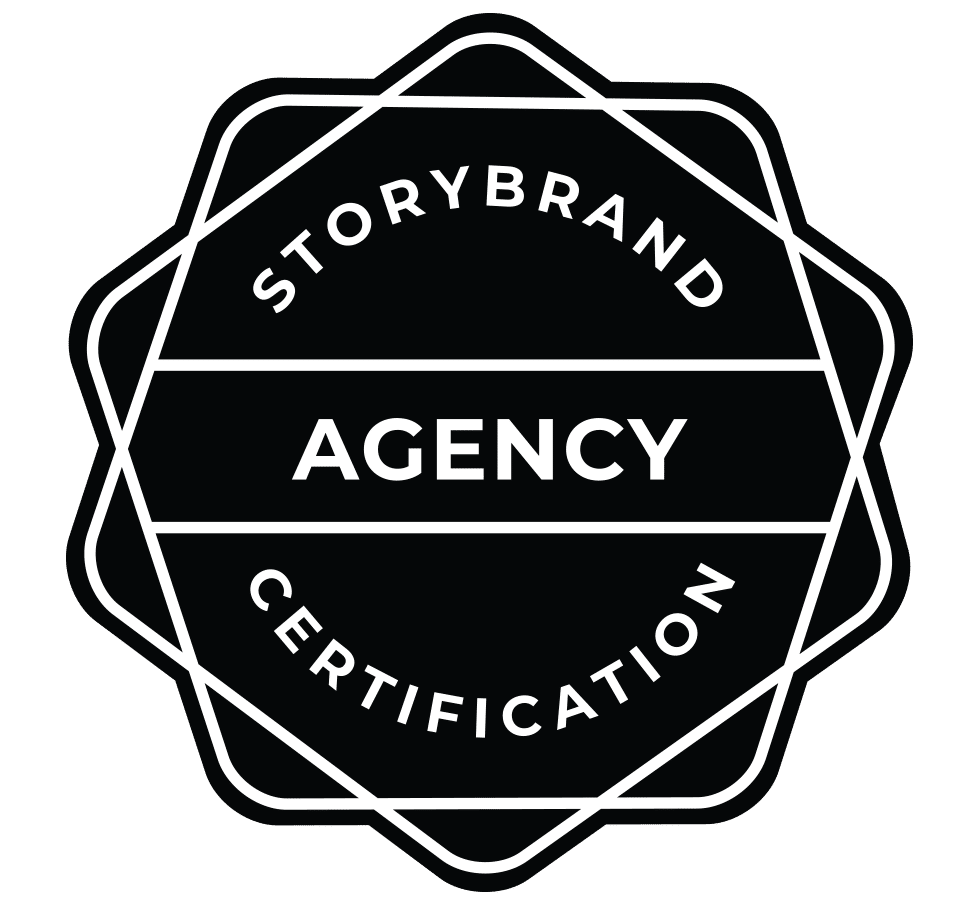Introduction to StoryBrand Marketing
StoryBrand is a powerful marketing tool that simplifies your message so customers listen. Think of it as guiding your customer through a story where they are the hero, and you’re the guide offering a solution to their problem.
Unlike traditional marketing that shouts about features or services, StoryBrand focuses on the customer’s journey. It’s simple: when you make your customer the hero and clearly show how you can help them conquer their challenges, you grab their attention.
This framework helps you clarify your message and craft marketing materials that speak directly to the heart of your customer’s needs. Remember, in a world full of noise, the clear message wins. StoryBrand guarantees that clarity.
Understanding the StoryBrand Framework: A Brief Overview
The StoryBrand Framework is all about making your customer the hero of the story, not your brand. Think of it like a movie where your customer is the main character facing a problem. Your brand’s role is to be the wise guide that offers them a solution or a way to overcome their challenge. Here’s the deal: people connect with stories. So, by using this framework, you’re shaping your marketing message into a compelling narrative where the customer’s needs are front and center.
At its core, StoryBrand has seven parts: (1) A Character, who is your customer. (2) Has a Problem, facing a personal or professional challenge. (3) Meets a Guide, which is your brand. (4) Who Gives Them a Plan, your products or services. (5) That Calls Them to Action, you motivate them to engage. (6) That Results in Success, showing them the happy ending they can expect. (7) And Helps Them Avoid Failure, highlighting what they can steer clear of if they follow your lead.
Boiled down, it’s about simplifying your message so customers listen, engage, and ultimately choose your brand because they see how it fits into their own story. By focusing on their journey, you make it easy for them to say yes to whatever you’re offering.
The Importance of Clarifying Your Brand Message
A clear brand message is like a lighthouse in the vast sea of digital content — it guides your customers to you. Think of the internet as a busy marketplace. If your stall doesn’t have a sign that tells people exactly what you offer, they’ll walk right past.
The StoryBrand Framework helps you create that sign. It’s all about making sure potential customers understand your value immediately. When your message is clear, people don’t just stumble upon your business; they come because they know you have what they need. This clarity boosts your website’s effectiveness, enhances email campaigns, and supercharges social media marketing.
Simply put, a clear brand message means more eyes on your content, more interest in your products, and ultimately, more sales. Remember, in the world of digital marketing, confusion is the enemy. Make your message clear, and watch customers navigate to you with ease.
Connecting with Your Audience: Creating a Relatable Hero
To truly win over your audience, turn them into the hero of your story. Think about it. Everyone loves a good story where they can see themselves in the shoes of the hero, overcoming challenges, and emerging victorious. This is what the StoryBrand Framework nails down perfectly.
By positioning your customers as the hero, you’re not just selling them a product or service; you’re offering them a pathway to success. Here’s how to get started: First, know your audience inside and out. What challenges do they face? What are their dreams? Understanding this lets you craft a message that resonates.
Next, communicate how your product or service fits into their journey. It’s not about the features of what you’re selling but about how it makes their life better. Finally, guide them with a clear call to action. Tell them exactly how to take the next step towards being the hero of their story. Remember, your brand is the mentor, providing the tools and wisdom for the hero’s journey. Keep it simple, focused, and always about them, and watch your connection with your audience strengthen.
Identifying the Problem: Positioning Your Brand as the Guide
In the StoryBrand Framework, seeing your brand as the guide is crucial. Think of your favorite movies. Most heroes meet a guide who helps them overcome obstacles. Your brand needs to be that guide for your customers. Identify the problem your customers face. Is it a lack of knowledge, a specific pain point, or a desire they can’t fulfill?
Once you pinpoint the problem, your marketing should communicate how your brand understands this struggle and has the tools and wisdom to help overcome it. This doesn’t only build trust but positions your brand as the go-to expert in your field. Remember, it’s not about boasting how great your brand is; it’s about showing empathy and authority in the areas your customers need help with. Make them feel understood, and they’ll be more likely to trust your solutions.
Crafting a Clear and Compelling Call to Action
A call to action (CTA) isn’t just a button on your website. It’s a crucial piece of your digital marketing puzzle. With the StoryBrand framework, crafting a CTA becomes less about demanding and more about inviting. It’s telling your audience exactly what they need to do next in a way that resonates. Your CTA should be clear, direct, and impossible to miss.
Think of it as guiding a friend on what step to take next for their benefit. Keep it simple like “Buy Now,” “Sign Up,” or “Get Started.” Place your CTAs where they’re easy to find and make sure they stand out. Always link them to the next logical step a customer should take. No jargon, no confusion, just a straightforward path to follow. Remember, a good CTA doesn’t just increase clicks; it guides your customers through their journey, making their decisions easier and more obvious.
Highlighting Success: Painting a Picture of What’s Possible
In your marketing messages, it’s vital to paint a clear and compelling picture of the success your customers can achieve by using your product or service. Think about what your customers truly want. Do they want to save time? Make more money? Feel better about themselves? Once you know what your audience craves, show them how your product or service can make that dream a reality. Use vivid language and real-life examples.
If you’re selling a fitness program, don’t just say it helps people get in shape. Describe the feeling of confidence someone might have walking on the beach in their new physique. This approach not only makes your messaging more relatable but also ignites a desire for the outcome you’re offering. Remember, people are driven by emotions; they buy based on what they aspire to achieve. Highlighting success effectively means connecting the dots between their desires and your solution in a way that feels not just possible, but inevitable.
Addressing Failure: The Importance of Showing Stakes
In the StoryBrand framework, talking about what’s at risk if your customer doesn’t use your product or service is a game-changer. This part is all about stakes. High stakes make your customer’s journey feel important and urgent. If you skip this, your message might sound nice but also forgettable. So, what does showing stakes do? It lights a fire under your customer. It makes them think, “I need to act now or I might lose something big.”
Whether it’s losing time, money, or missing out on an exclusive benefit, stakes push people to decide. Remember, the goal isn’t to scare folks but to show them there’s something valuable worth fighting for, and your product or service is the ally they need in their corner. Keep it real, relevant, and direct. That’s how you use stakes to transform your marketing message from just okay to truly compelling.
Integrating StoryBrand Principles into Your Digital Marketing Strategy
Using StoryBrand in your digital marketing isn’t rocket science. It’s all about clarity and connection. The gist? Make your customer the hero of the story. Here are the steps simplified: First off, identify what your customers want. Sounds basic, right? But it’s crucial. Next, pinpoint the problem they face. This sets the stage. Now, position your brand as the guide. You’re Yoda, they’re Luke Skywalker. Offer them a plan that’s as clear as day.
Then, call them to action. Be direct. No one likes to guess what they’re supposed to do. Highlight the happy ending awaiting them. Also, don’t shy away from painting the picture of what failure looks like—it adds stakes. Stick to these steps, and watch your digital marketing resonate more deeply with your audience. It turns customers into characters of a story they want to live, making your brand the obvious choice to help them win the day.
Measuring Success: Evaluating the Impact of StoryBrand Marketing
Success with StoryBrand isn’t just about launching it; it’s about seeing real results. How do you know it’s working? You look at the numbers. Key metrics to keep an eye on include website traffic, conversion rates, and sales numbers. If more people visit your site, more people are buying, and you’re seeing a swell in inquiries or engagements, StoryBrand is doing its job.
But don’t just set it and forget it. Continuous monitoring allows you to tweak your strategy for even better performance. Remember, the ultimate goal is to clear up your message so customers get it, want it, and act on it. If your metrics are moving up, you’re on the right track. If not, it might be time to revisit your StoryBrand script or how you’re applying it. In this game, numbers don’t lie.
Want to know more? Check out our comprehensive StoryBrand framework overview and related content here.









